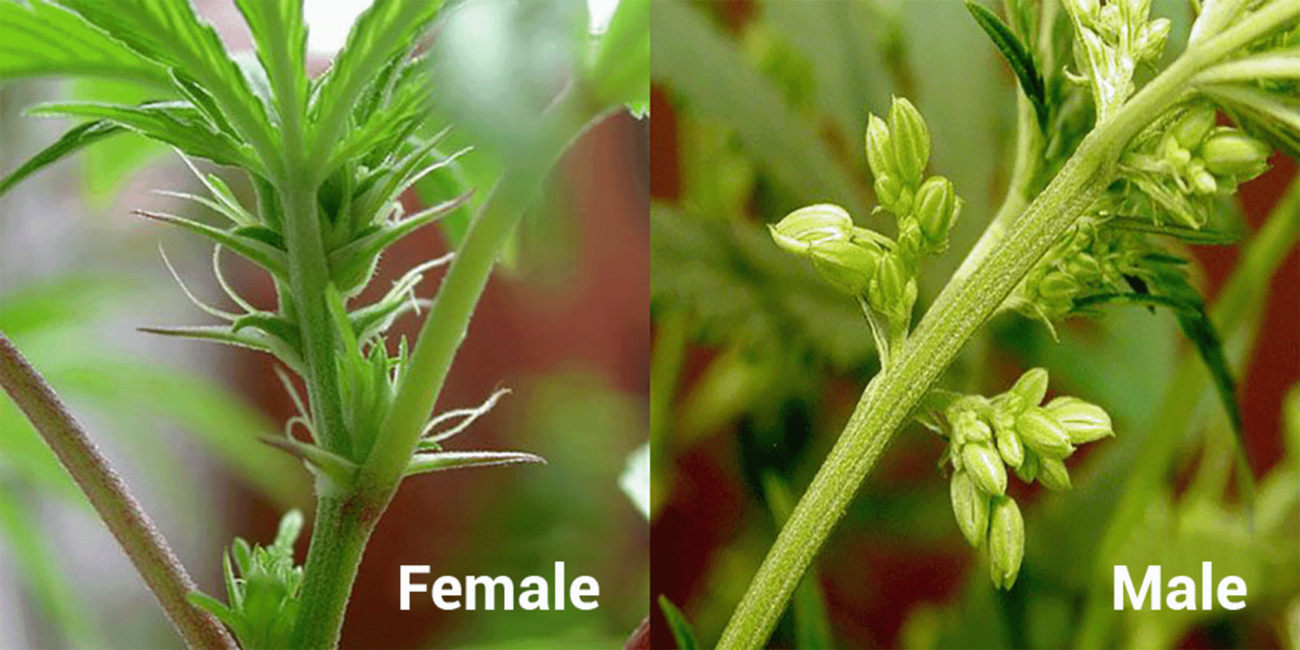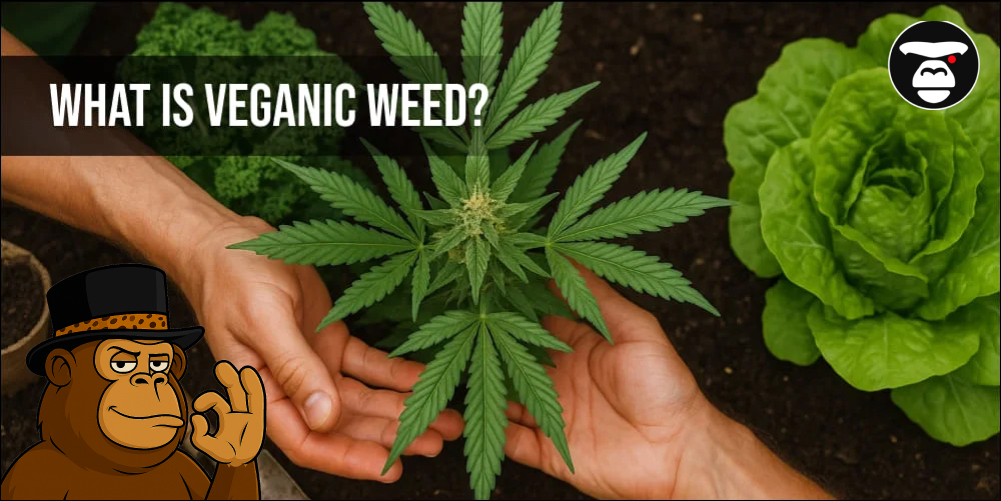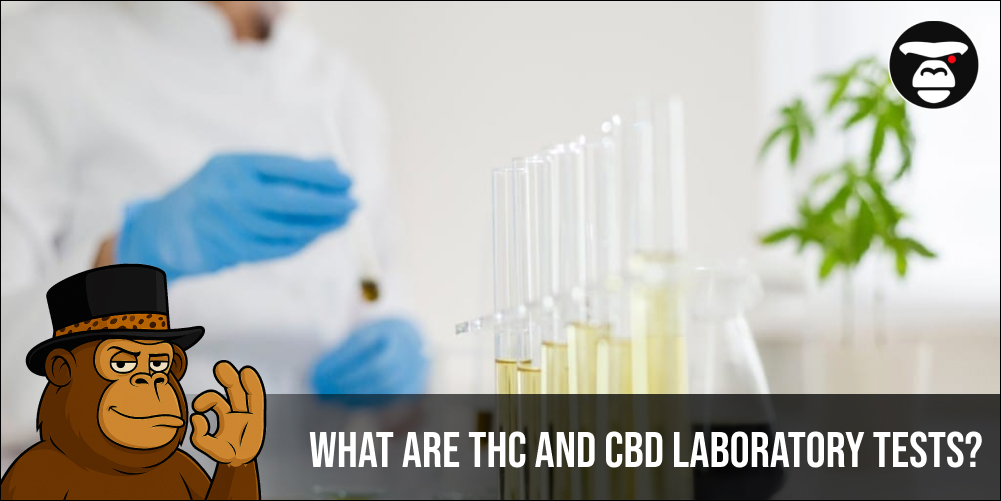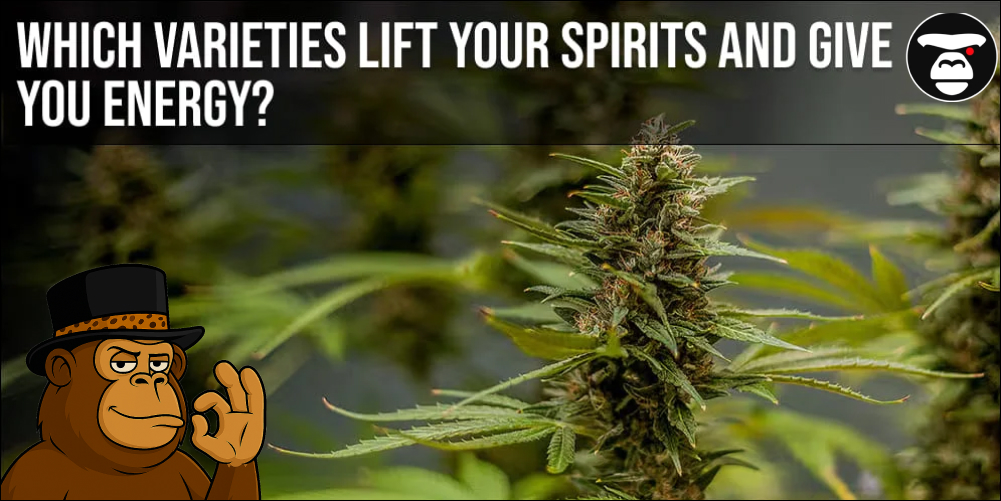Male and female weed plants: What is the difference?

The primary difference between male and female weed plants lies in their reproductive structures and purposes. Cannabis plants can be dioecious, meaning they have distinct male and female plants, or they can be hermaphroditic, where a single plant can exhibit both male and female characteristics.
By exploring these distinctions, you will gain a better understanding of the roles each gender plays in the cannabis life cycle, the unique characteristics of male and female plants, and how these differences impact the cultivation process.
Male cannabis plants

Male cannabis plants, also known as males, play a vital role in the reproductive cycle of the cannabis species. These plants develop elongated clusters of pollen sacs, which resemble small bunches of grapes, instead of the resinous flowers produced by females.
The pollen sacs contain pollen grains that are responsible for fertilizing female plants. Male plants generally exhibit a taller and less bushy growth pattern compared to females, with a focus on producing and dispersing pollen rather than allocating energy towards flower development.
Male weed plants have a range of applications beyond their primary role in pollination. Although male plants do not produce the coveted flowers like female plants, they still have various uses throughout the cannabis life cycle and beyond.
Male plants play a crucial part in perpetuating the cannabis life cycle by producing pollen for fertilizing female plants. This allows for the collection of seeds for breeding purposes or to preserve genetic diversity.

In addition, male marijuana plants can contribute to soil enrichment. Their deep taproots help improve soil structure and nutrient availability.
After completing the reproductive phase, you can leave the plants in the ground to decompose, thereby providing organic matter and nutrients for future crops.
The sturdy stalks of male hemp plants contain strong fibers suitable for applications such as textiles, rope, and paper.
Male plants are often preferred for fiber production due to their higher fiber content and lower cannabinoid levels.
In addition, male weed plants can contribute to the creation of cannabis-infused edibles. Although the cannabinoid content is lower, people can use the leaves and small buds of male plants to make cannabis-infused butter or oil for culinary purposes.
Some cannabis enthusiasts enjoy consuming fresh cannabis juice or tea made from the leaves and stems of male plants. You can read about it in our article “Cannabis Tea: Relaxing Drink”
Even though the cannabinoid content is milder compared to female flowers, these beverages can still offer a refreshing experience.
Female cannabis plants

Female cannabis plants, referred to as females, are the most coveted plants among cannabis cultivators. Consumers and cultivators highly value the resinous flowers, commonly referred to as buds, of female cannabis plants due to their rich concentrations of cannabinoids, including the well-known THC (tetrahydrocannabinol) and CBD (cannabidiol).
Cultivators carefully nurture and cultivate female weed plants to maximize their flower production. They often remove male plants from the crop to prevent undesired pollination and seed development.
In controlled cannabis cultivation, cultivators typically prefer unfertilized female plants, which are known as sinsemilla, a Spanish term meaning “without seeds.”
Sinsemilla plants devote their energy and resources to the production of resinous flowers rather than seed development. As a result, sinsemilla buds tend to have higher concentrations of cannabinoids, offering enhanced potency and desirable effects.

In contrast, when female plants come into contact with pollen from male plants, fertilization occurs.
This leads to seed formation within the calyxes, diverting the plant’s energy away from producing cannabinoids and towards nurturing the seeds.
Collecting the resulting seeds for breeding purposes or future cultivation is possible.
It should be noted that the presence of seeds diminishes the overall quality and potency of the flowers.
Consumers desire high potency buds, which can only be produced by female cannabis plants.
Try strains from our catalog:
Heady Cherry [Sativa] — Mini joint infused+kief
Dolce Melon [Hybrid] — Mini joint infused+kief
Hermaphroditic plants

Hermaphroditic plants, in the context of cannabis cultivation, refer to plants that possess both male and female reproductive organs. This means they have the capability to produce both pollen sacs and resinous flowers.
While most cannabis plants are dioecious, meaning they have separate male and female individuals, some plants can exhibit hermaphroditic traits.
The potential negative impact of hermaphroditic plants in a cannabis crop includes reduced yields and seed development.
Seeds obtained from hermaphroditic plants can have undesirable effects on the quality and efficiency of the crop. When seeds exist in the buds of female plants, the plant directs its energy and nutrients towards seed development.
This can result in a decrease in cannabinoid concentration and, consequently, a loss of quality and potency in the crop.
Factors contributing to hermaphroditism include both genetic and environmental conditions. Some weed strains are more prone to hermaphroditism, so pay attention to it when selecting them for cultivation.

Environmental factors such as stress, temperature fluctuations, light deficiency, or improper nutrition can also contribute to plants.
Therefore, it is crucial for cannabis growers to regularly monitor plants and remove hermaphroditic plants at the earliest stage.
Proper identification and management of hermaphroditic plants are essential parts of successful cannabis cultivation.
This helps preserve the quality and potency of female plant flowers by preventing self-pollination and seed development.
Regular monitoring of plants will assist breeders and growers in achieving their desired outcomes in terms of quality, potency, and crop yield.
Check 4 Mini joints packs in our catalog
In conclusion, the key differences between male and female weed plants lie in their reproductive structures and purposes. Male plants produce pollen sacs and are responsible for pollinating female plants. Female plants, on the other hand, produce resinous flowers that contain the highest concentrations of cannabinoids.
Hermaphroditic plants possess both male and female reproductive organs. They are generally avoided in controlled cultivation due to the risk of fertilization and seed development. Understanding these distinctions is essential for cannabis cultivators to achieve their desired outcomes in terms of potency, quality, and crop yield.




























